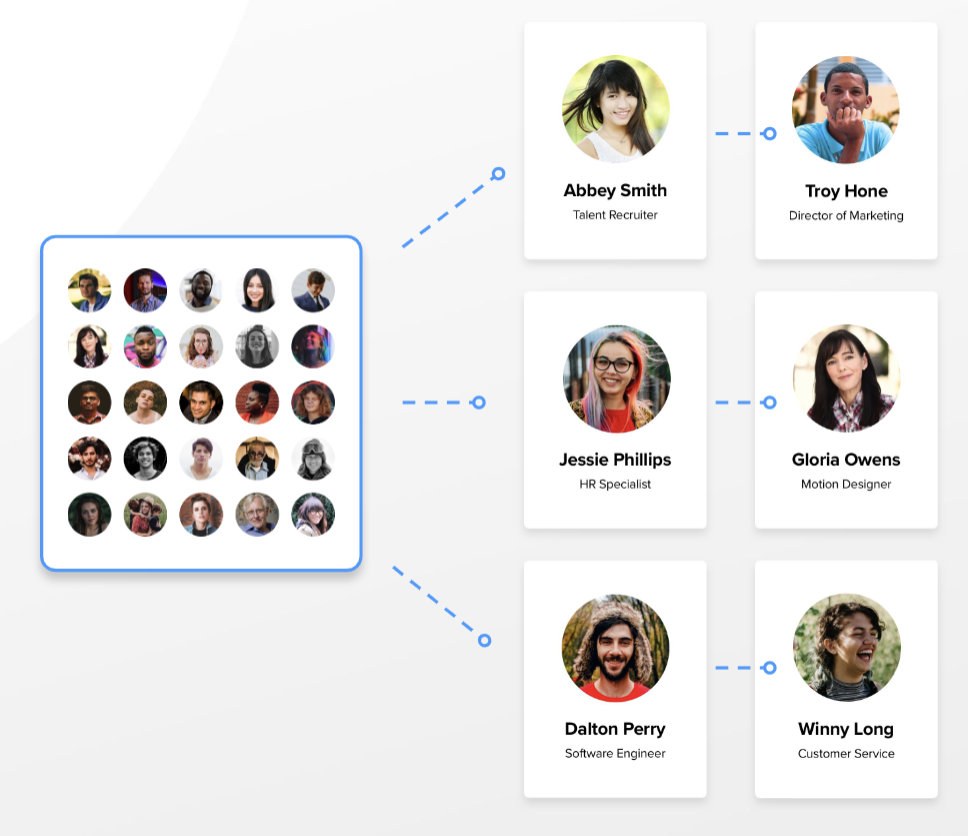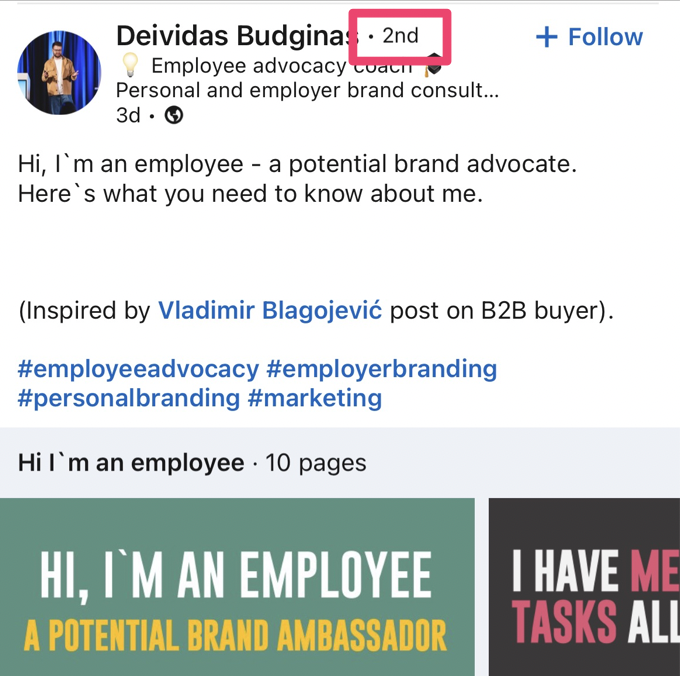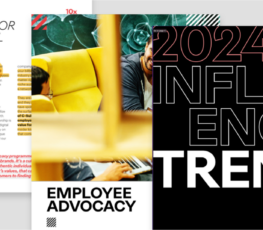What happens to your business when the economy turns downward, when things get tough?
Do customers see your product as a “Nice to Have” (i.e. something that will get cut) or a “Need to Have”?
In truth, it’s a hard, if not impossible, question to answer until you actually find yourself operating in an economic downturn. Everything before then is just conjecture.
Like all CEOs, I’ve been keen to position ourselves on the need side of the “Haves” in this new environment.
Now that efficiency is the name of the game, do customers see employee advocacy as a “Nice to Have” or a “Need to Have”?
Having spent the last couple of months meeting with clients, including many CMOs, the answer is clear: Employee advocacy has never been more of a “Need to Have” than it is right now.
Those conversations have also helped me better understand the last 10 years (This is our 10th year since launching EveryoneSocial 🎉) and why I think 2023 is shaping up to be employee advocacy’s biggest year yet.
Do More With Less — And Still Get Results
When the economy was hot in 2021, marketing teams could largely fund anything they wanted — any tool, initiative, campaign, etc.
Growth was the priority. Take risks. Drive that curve up and to the right. 📈
But as all marketers know, marketing in its purest form is a controlled experiment. At least that’s what it should be.
The problem is that when you’re doing tons of different things, it’s difficult to identify what’s actually driving the results you see. In other words, it’s an uncontrolled experiment.
“I know half my marketing budget is working, I just don’t know which half!”
Now that budgets are being trimmed and everyone is being asked to do more with less, the products, services, channels, campaigns, etc. that fall in the need-to-have bucket are those that produce efficient results.
“Look at what’s driving efficient results and scale that” is something that numerous marketing leaders have told us they’ve recently said to their teams.
Now, many marketing teams are forced to strengthen their efficiency muscles, which will certainly serve their companies when priorities shift back to growth. After all, efficiency never really goes out of fashion.
And employee advocacy is efficient — and incredibly effective.
What Makes Employee Advocacy So Effective?
I could give you numerous reasons why employee advocacy performs so well, but let’s take a look at the core underlying principles.
Everyone has a network.
Every single employee — from the intern to the CEO — has a network. In fact, the average employee has 1,500 social connections.
So when an organization enables 100 of its employees to easily share company content on social media through a platform like EveryoneSocial, it nets the company an additional reach of 150,000.
Plus, when an employee makes a post, their secondary contacts will see their content after primary connections engage with it. That exposes their post — and your brand — to people not even connected with your employees.
Add in the fact that employees accrue 300+ new contacts each year, and your average worker has 1,800 connections.

That means that activating 100 people to be employee influencers actually enables you to reach 180,000 people. 🤯
People trust people more than companies.
Who are you more likely to take a product recommendation: an employee who works with that product and knows it well, or the 600
That’s what I thought.
And the research backs that up. Seventy-six percent of people say they’re more likely to trust content shared by “normal” people than brand-shared content. And 92% of consumers say they trust recommendations from peers and brand advocates the same as they would a family member, according to Nielsen.
So, when employees share company content, post about their experiences at your organization, promote job openings, and more, those social shares carry a lot more weight than when the brand itself posts those same things.
Social algorithms favor individuals over brands.
When you log in to a social network like LinkedIn, for example, whose content are you most likely to see in your feed?
Posts made by people. Not brands.
Sure, you’ll see the occasional company post — especially if it’s sponsored content — but the majority will be thoughts, videos, and links from your connections or their connections.

That’s because these networks’ algorithms prioritize users’ content, which makes sense.
Fundamentally, the most important thing to social networks is growing and maintaining their user base, and they do that by prioritizing this content.
The Year of Employee Influencers
So, what does all this mean in terms of your bottom line?
To put it simply, activating employee influencers enables you to reach a 561% larger audience at a fraction of the cost of paid social ads. Just take a look at the numbers.
So yeah, we’re excited about 2023, to help our clients new and old drive efficient marketing ROI by enabling their employees — their most valuable asset — to advocate on behalf of their brand.
















